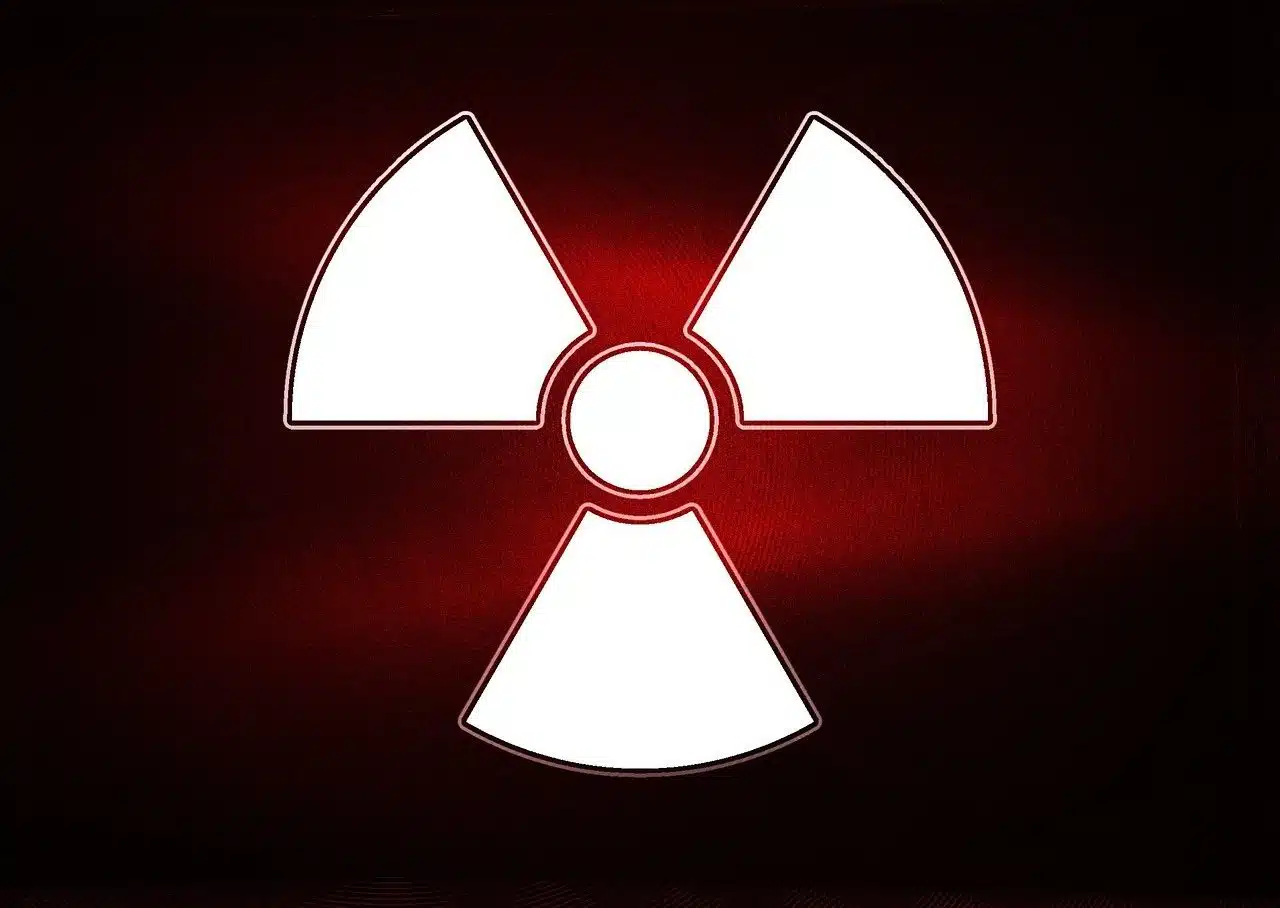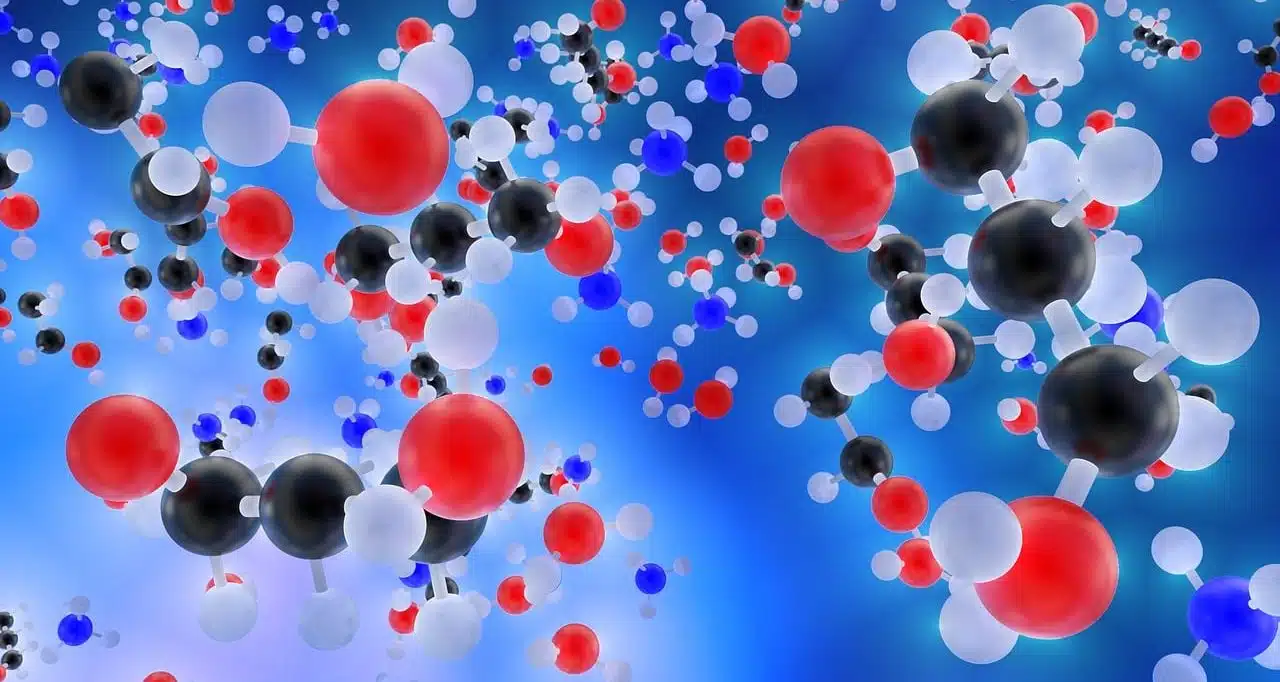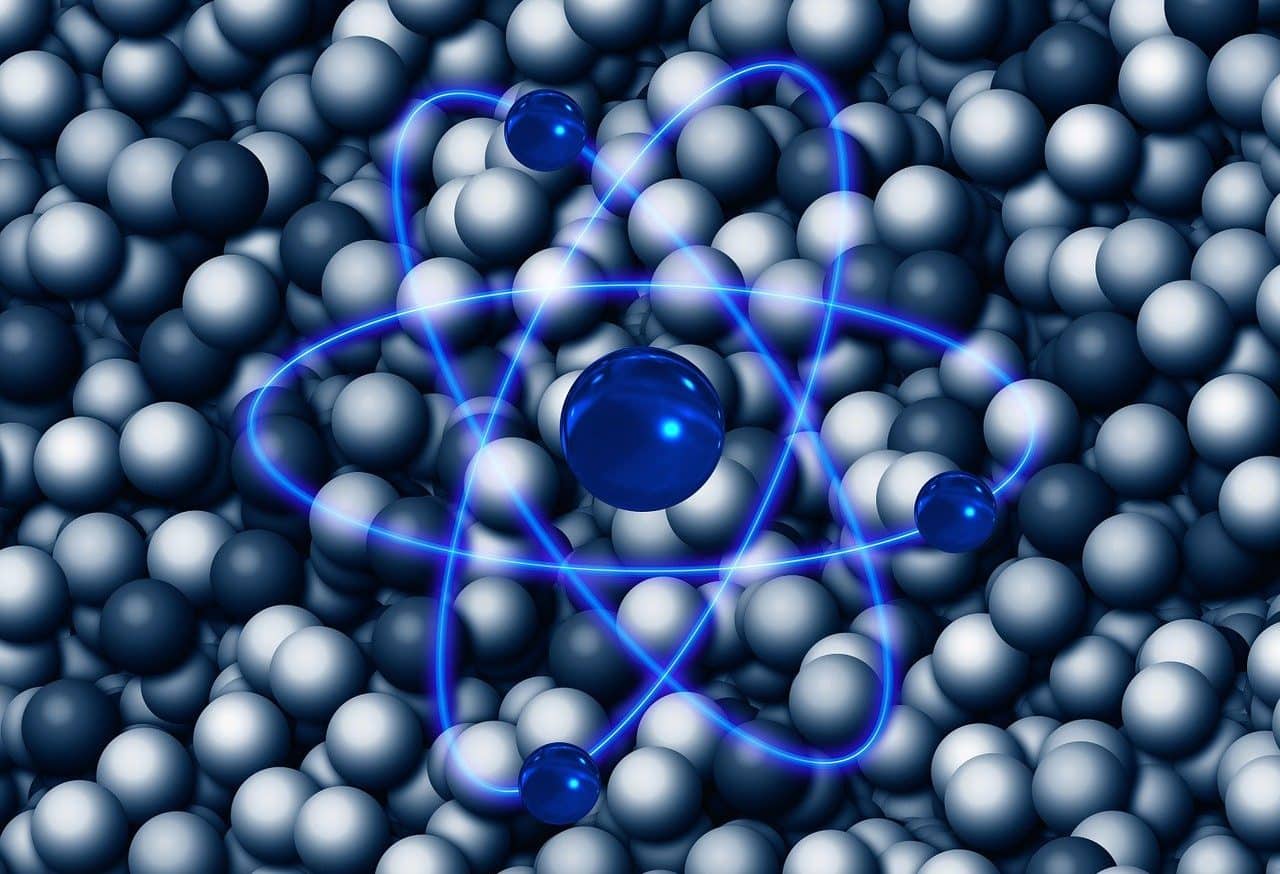
Certain atoms reduce the energy of their nucleus by emitting it through radioactivity.
An atom is the smallest quantity of a chemical element that has its own existence and is considered indivisible . The atom - a term from the Latin atŏmum - is made up of a nucleus with protons and neutrons and several orbital electrons , the number of which varies depending on the chemical element.
In addition to the elements that compose it, it is important to emphasize that every atom has a series of properties that are fundamental. In this case, we can mention its size, the atomic mass, the electrical interactions established between electrons and protons and the energy levels .
history of the atom
The atom is also called the fundamental particle thanks to its characteristic of not being able to be divided by chemical processes. Starting in the 16th and 17th centuries , with the development of chemistry , atomic theory began to advance with certainties that, until then, were impossible to obtain.
Chemists managed to discover that any liquid, gas or solid could be decomposed into different elements or ultimate constituents (for example, each water molecule is made up of two hydrogen atoms and one oxygen atom: H2O ). The English scientist John Dalton was the one who demonstrated that atoms joined together according to certain defined proportions.
However, there have also been other authors who, in a profound and intense way, have left their mark on the study and analysis of atoms. This would be the case, for example, of the also British Joseph John Thomson . This physicist went down in history not only as the inventor of the mass spectrometer but also as the discoverer of two fundamental elements: isotopes and the electron .
The New Zealand physicist Ernest Rutherford , the Danish Niels Bohr and the Frenchman Louis-Victor de Broglie are other scientists who, throughout history, have developed their own atomic theories and models with more or less success and acceptance by the scientific community. In this case it is important to highlight the role of the last physicist mentioned since in 1929 he obtained the Nobel Prize for having managed to discover the wave nature of the electron .

Atoms are not modified in a chemical reaction, but rather the bonds that link them change.
protons and neutrons
We said at the beginning of this definition that the atomic nucleus is made up of protons and neutrons. Protons have a positive electrical charge , while neutrons have no charge . The difference between the different chemical elements is given by the number of protons and neutrons in their atoms. On the other hand, the number of protons contained in the nucleus of an atom is called the atomic number .
When the number of electrons and protons is identical, the atom is electrically neutral. On the other hand, if the atom has fewer or more electrons compared to the number of protons, its charge will be positive or negative, respectively, being called an ion . Positively charged ions are called cations , while negatively charged ions are anions .
It should be noted that the periodic table of elements is an organization that allows the different chemical elements to be distributed according to certain characteristics and criteria. The simplest nucleus is hydrogen , which has a single proton . That is why it appears in first place in the table. Hydrogen is followed by helium , which has two protons and two neutrons.
In this context, in addition to everything stated above, we cannot ignore the existence of a colloquial expression that uses the term in question. This is the expression "in an atom", which is used as a synonym for "in the smallest thing" in some regions.

Ionization is a process that allows us to obtain electrically charged atoms.
Examples of atom
Let's take the case of water , mentioned above. Each molecule of this chemical compound essential for life is made up of three atoms: one hydrogen atom and two oxygen atoms . These atoms are joined by a covalent bond.
Let's now analyze table salt or common salt , frequently used in most homes in the world. This is what sodium chloride is usually called, an ionic compound formed by a sodium atom and a chlorine atom , which are linked by an ionic bond. A particularity of ionic compounds is the great difference in the electronegativity of their components.
A metal, on the other hand, is an element that has atoms of the same type associated with each other by a metallic bond. Gold and silver , which are often used in jewelry, are elements of this class.
Other chemical compounds show a more complex atomic structure. We can examine acetone , a ketone found in nature. The molecules of acetone, which is used in the production of medicines and plastics, include three carbon atoms, six hydrogen atoms and one oxygen atom .
The methanol molecule also has atoms of three different elements: one carbon atom, four hydrogen atoms and one oxygen atom . Methanol, also referred to as burning alcohol, is used as a fuel and solvent.
